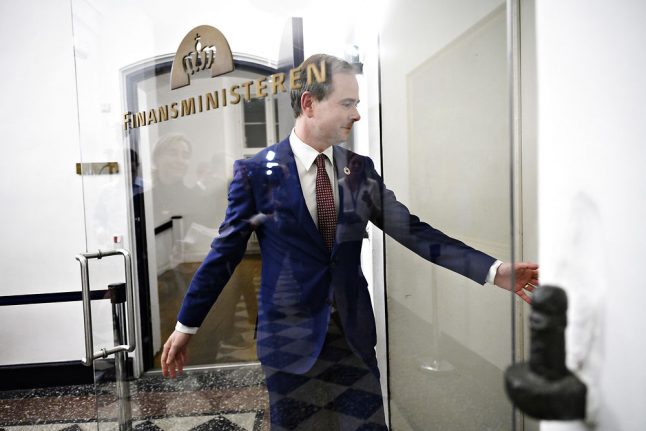We detailed some parts of the initial budget proposal when it was announced earlier this year.
Here’s how the final agreement could impact the country in the near to medium-term future.
READ ALSO: Denmark's budget could allow for more skilled foreign workers
Nurses
As one of their election campaign promises going back to last year, the now-governing Social Democrats vowed to increase the number of nurses in Denmark by 1,000.
The budget provides funding for that, with 300 million kroner next and 600 million kroner from 2021 onwards earmarked to hire new nurses.
But the government already appears to be facing a challenge retaining the existing number of nurses.
Daycare
Parents across the country, along with politicians – most notably the Socialist People’s Party (SF) – have long called for the government to guarantee the ratio of staff to children in Danish municipal childcare facilities by providing the funding for enforced ratios known as mimimumsnormeringer.
The 2020 budget provides for 500 million kroner next year and a total of 1.6 billion kroner to spent by 2025 with the long-term aim of ensuring one adult per three children at creches (vuggestue) and one adult per six children at kindergartens (børnehave).
Schools
According to the budget text, parties have agreed to increase spending on schools by 275 million kroner next year, increasing to around 800 million kroner in 2023.
The money will enable municipalities to begin hiring new teachers from next year, according to the budget agreement.
READ ALSO: How do Denmark's Pisa school results compare to other countries?
Electric cars
A planned increase on registration fees for electric cars, scheduled to take effect in 2020, has been frozen by the government.
The agreement means that the registration fee for electric cars will stay at the current 20 percent of vehicle value in 2020 and will not rise to 40 percent, as previously planned.
Meanwhile, an increase on the basic deduction on registration fees for electric cars will stay at 40,000 kroner, and not increase to 77,500 kroner as planned.



 Please whitelist us to continue reading.
Please whitelist us to continue reading.
Member comments